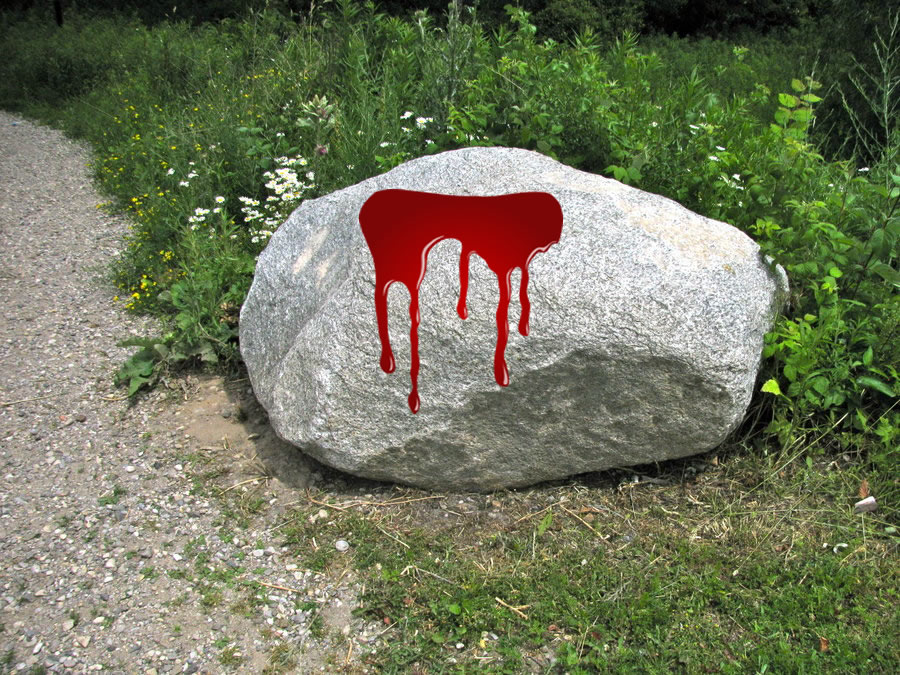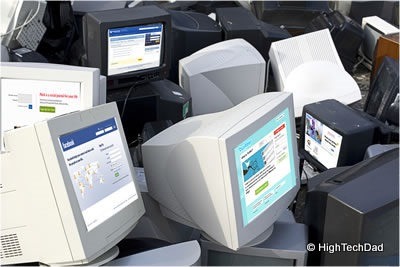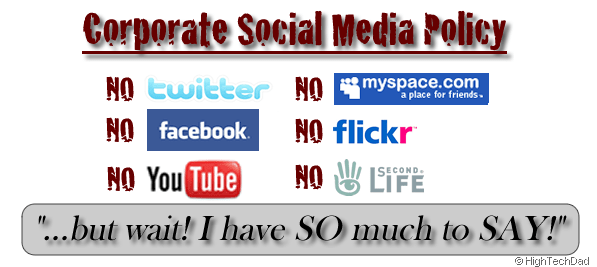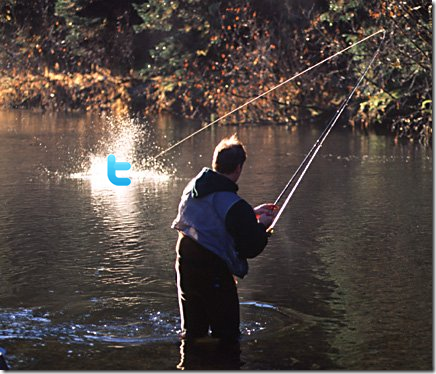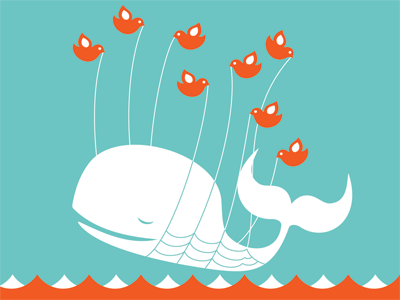Content Creation & Social Media Advice: Don’t Force It!
One of the most difficult things being a content producer is, duh, producing content. Whether you are under a deadline, asked to write about something that you aren't passionate about, or your content creation engine is simply stale, getting inspiration to write about something...anything...can be like getting blood from a stone. Content writing should be inspired, otherwise you risk coming across as forcing your writing. And your audience is savvy to this. Content, whether in the form of writing, photos, videos, or what-have-you, is what fuels social media. Social media allows for content sharing, audience development and engagement, discussion, feedback (even negatively), and subsequent idea generation. Content cannot exist without this. But if your content is not compelling, doesn't tell a story, lacks substance or is simply boring to your audience, you might want to avoid sharing it, or at least, re-work it. The worst thing you can do is just write to have a bunch of words on a screen or piece of paper. Many so-called content "gurus" or "rock stars" make their living by churning out written words laden with keywords or SEO-optimized phrases. While this does potentially accomplish something, by gaming ranking within search engine results for example, if you read these articles, they sometimes lack compelling substance - something that sparks and idea or reaction from the reader. Don't get me wrong, there definitely IS a place for this type of content within a business's content and social strategy, but it shouldn't be the sole source of content. A good content creation strategy should have a balance of content types, whether it is visual or written. Also, it obviously depends on the business type. A consumer brand's content [...]
